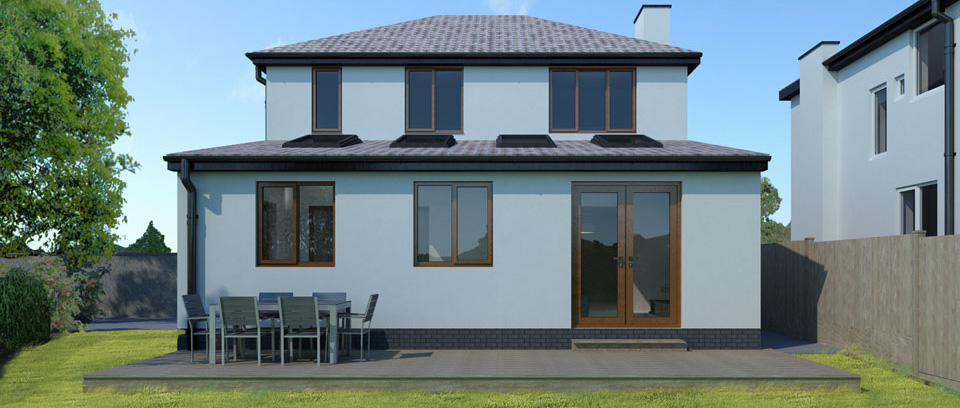What are Permitted development rights?
To provide you with some insight before you begin your project, below is a brief introduction to permitted development rights and what works you may be able to do to your home without planning approval.
What are Permitted Development Rights?
Most construction or renovation works to your home will require a full planning permission before you are able to start work. There are, however, certain types of work that do not require a planning approval and fall under the Permitted Development Rights of your property. These are a set of rights that govern what types of construction, house extension or renovation work you are able to carry out to your home without planning permission.
Not all properties have Permitted Development Rights. Many homes in conservation areas, or buildings which have a listed status, have had their Permitted Development Rights removed. It is also not uncommon for a building to have had its Permitted Development Rights removed under a condition attached to the original planning approval at the time at which it was built.
If you are unsure as to whether your house has Permitted Development Rights, you are able to check by calling your Local Planning Authority who should quickly be able to advise. Alternatively, you can contact a professional, such as an architect, who will be able to help you.
What types of house extension and renovation works can be carried out under Permitted Development?
As a general guide, internal maintenance and decoration to your house does not require planning permission. Most internal alterations to your home will not require planning permission.
Additional space can also be created in the form of a loft conversion without planning permission, with the inclusion of a new dormer roof, so long as a series of conditions are met and you do not exceed some volume limitations.
There are also a number of alterations to the external façade that can be carried out without planning permission. There are, however, a series of conditions which must be adhered to.
The main advantage of Permitted Development is in the form of house extensions that are allowed with planning permission. The types of extensions allowed are generally single storey rear extensions, external garages and other outbuildings associated with the use of the house. This is subject to the proposed work conforming with the requirements set out in the Permitted Development, such as sizes, heights, material finishes etc.
The size limitations of house extensions under Permitted Development was increased in May 2013 for a period of three years, until May 2016. This relaxation of the rights increased the depth of a rear house extension that can be built without planning permission, which during this period is 6m for a semi-detached or terraced property and 8m for a detached property.
Whilst planning will not be required, if you do decide to take advantage of the increased limits then you will need to inform your neighbours under the neighbour consultation scheme. This does involve you notifying your Local Planning Authority of your project, who will then notify your neighbours who will have 21 days to object to the proposals. Whilst some additional consultation is required, it is much quicker than a full planning permission which takes the Local Planning Authority 8 weeks to determine.
How do I build using Permitted Development Rights?
You do not need to apply for Permitted Development before starting work. It is highly advisable that you check that your property has not had its rights removed before starting to plan your project.
Whilst you may know that you have the Permitted Development Rights in place, it is advisable to gain the advice of a professional, such as an architect, to design your project and ensure that it stays within the confinements of what is allowed.
It is also advisable that you write to your Local Planning Authority for written confirmation that your proposal does not require planning approval. This provides you with proof that the work was carried out in a lawful manner and with Permitted Development, should you come to sell your property. This process is usually a fairly quick process and gives you the piece of mind before starting work.
The above advice is an introduction only and should not be used exclusively to determine if your project falls under Permitted Development. We very much advise that you consult with a professional, such as an architect, at a very early stage in the project who will be able to guide you through the process and help design an extension that stays within the Permitted Development rules, should that be your aim.
If you would like to discuss your project with us, please feel free to contact us for a free design consultation in order to get your development started.
© Brightman Architects. All Rights Reserved. Site Content Disclaimer & Privacy Policy.

